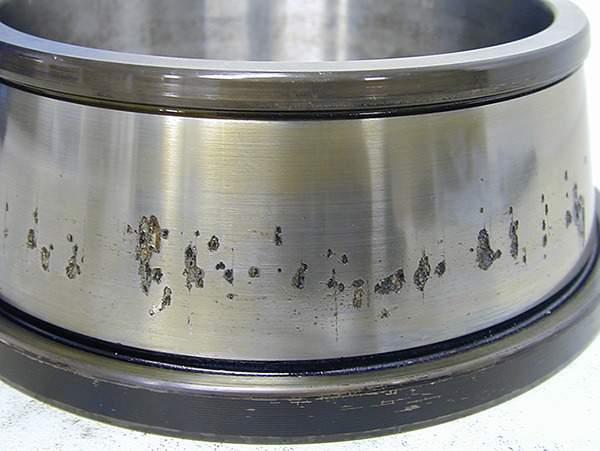Precision is key to success in any business. Businesses rely on tools and materials that ensure accurate alignment and performance. Shim stocks are usually used in manufacturing and maintenance. One material with an important function in achieving this precision is shim stock. It may be small and simple in appearance, but this thin piece of metal or plastic is the solution to many alignment and spacing issues in industrial and business settings.
The role of this material
The shim stocks are thin sheets of material made from:
- stainless steel
- brass
- aluminum
- plastic
They are used to fill gaps or adjust the spacing between two components. Shim stocks help businesses maintain precision where even the smallest adjustment matters, due to their versatility and availability in different thicknesses.
In mechanical systems, a fraction of a millimeter can affect:
- performance
- alignment
- vibration levels
Inserting it into machinery, technicians can:
- align rotating parts
- level machines
- prevent uneven wear on surfaces
It provides an inexpensive yet highly effective solution to precision issues that could otherwise cause costly disruptions.
Why does it matter in Business?
Using this thin sheet can smooth operations and reduce expensive downtime for businesses in:
- manufacturing
- construction
- automotive
- engineering
It offers a fast way to make adjustments without redesigning or replacing parts. Shim stocks are valuable assets for maintenance teams and engineers to keep production lines running efficiently.
Shim stocks reduce waste. Companies can add a shim to correct the issue, instead of discarding misaligned or uneven components. The sustainable approach can save the materials and lessen the expenses. For businesses prioritizing cost-effectiveness will find shim stocks an essential part of their maintenance toolkit.
Types of shim stocks for different applications
Shim stocks come in various materials, each serving a specific purpose:
- Stainless steel shim stocks. Ideal for high-strength and corrosion-resistant applications, such as in:
- heavy machinery
- marine environments
- Brass shim stocks. It is used in electrical and decorative applications due to its conductivity and appealing finish.
- Aluminum shim stocks. Lightweight and suitable for situations where corrosion resistance and easy handling are needed.
- Plastic shim stocks. Commonly used in non-conductive applications or when a softer material is required.
Choose the right type of the material, depending on the business-specific needs, such as:
- environmental conditions
- equipment type
- level of precision required
How can businesses use it?
Businesses can use shim stocks in practical ways.
- Manufacturing plants maintain tight tolerances in machine assembly. Maintenance departments assist in realigning machinery that has shifted due to wear or vibration.
- In offices or laboratories, shim stocks are used to stabilize equipment or fixtures that require precise leveling.
- Some companies create custom shim packs, where layers of different thicknesses are combined to achieve the desired measurement.
Best practices when using shim stocks
There are best practices when using shim stocks for your machinery or equipment.
- Measure accurately. Use precise measuring tools to determine the exact gap or misalignment before applying shim stock.
- Select the right material. Match the shim’s material to the application to ensure durability and performance.
- Maintain clean surfaces. Always clean the contact surfaces before inserting shims to prevent damage or uneven contact.
- Use organized storage. Keep shim stocks in labeled folders or cases by thickness and material to save time during repairs or adjustments.
The business advantage
Integrating shim stocks into your business operations provides long-term benefits, which allow:
- faster repairs
- greater precision
- improved equipment reliability
Businesses can expect lower maintenance costs and smoother production output, which all contribute to better profitability and customer satisfaction.
Conclusion
Shim stocks may be a small component, but their impact on business efficiency and precision is significant. Understanding its uses and applying it properly helps companies maintain operational accuracy and avoid costly disruptions.
